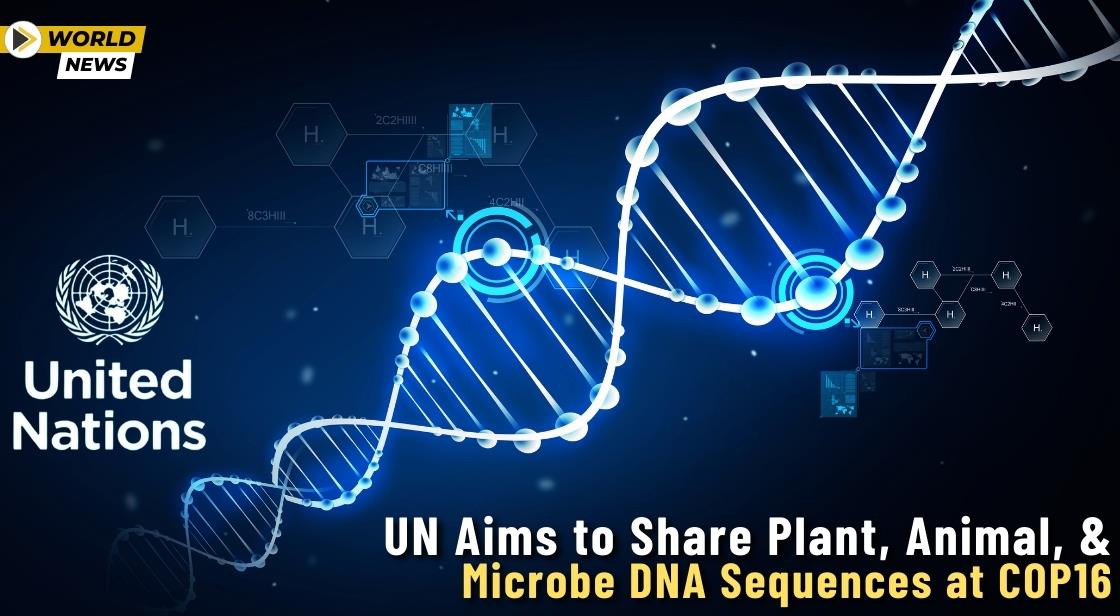UN Aims to Share Plant, Animal, and Microbe DNA Sequences at COP16

News Synopsis
On Monday, the United Nations released proposals aimed at sharing the use of "digital sequence information on genetic resources" (DSI), which includes DNA sequences of plants, animals, and microbes. This initiative is designed to support communities dedicated to nature conservation.
Preparations for COP 16 and Final Negotiations
The proposals come six weeks before a crucial meeting in Montreal, Canada, scheduled from August 12-16. This meeting is the final negotiation session of the DSI intergovernmental negotiating group before the issue is brought up for decision at the UN Biodiversity Conference (COP 16) in October in Colombia, US.
Equitable Revenue Sharing
The primary objective of the UN’s proposal is to ensure equitable sharing of revenues derived from products developed using DSI, such as pharmaceuticals, cosmetics, and agricultural biotechnology.
However, before implementation, agreement is needed on several issues, including identifying which industrial sectors that utilize DSI should contribute to benefit-sharing.
Financial Impact and Potential Funds
Co-Chairs of the negotiations, Mphatso Kalemba of Malawi and William Lockhart of the UK, highlighted the substantial financial stakes involved. They noted that sectors reliant on DSI generate revenues ranging from "one to a few trillion dollars annually."
They emphasized that even a small percentage of this revenue could significantly support global biodiversity efforts. For example, just 0.1 percent of $1 trillion would generate $1 billion for a global fund, while 1 percent would yield $10 billion.
Supporting Conservation and Indigenous Communities
The funds generated from this initiative will be directed towards the conservation and sustainable use of nature. This includes supporting activities of Indigenous Peoples and Local Communities, as well as enhancing global capacity to generate and use DSI effectively.
These efforts aim to foster biodiversity conservation on a broader scale while ensuring that the benefits of using DSI are shared equitably.
Call to Action for Delegates
Mphatso Kalemba underscored the significance of this opportunity, stating, "The world has been presented with an opportunity to mobilize additional resources for biodiversity conservation and sustainable use whilst enhancing benefits from the use of DSI through this mechanism and its fund. I hope that delegates will work hard in Montreal to unpack that solution to the world."
Conclusion
As the UN prepares for the final negotiations in Montreal, the proposals to share digital sequence information on genetic resources mark a significant step towards equitable benefit-sharing and global biodiversity conservation.
The outcomes of these discussions will be critical in shaping the strategies and mechanisms that will be presented at COP 16, with the potential to mobilize substantial resources for the sustainable use and conservation of nature.









